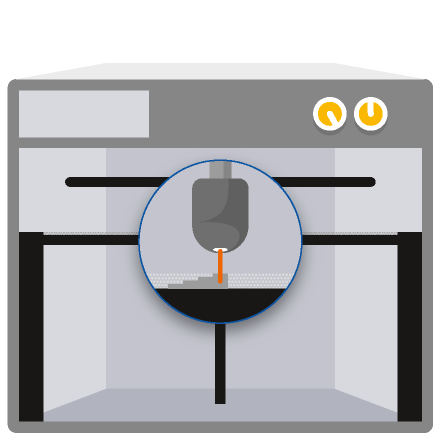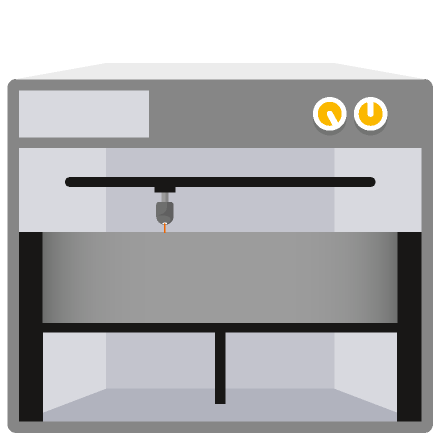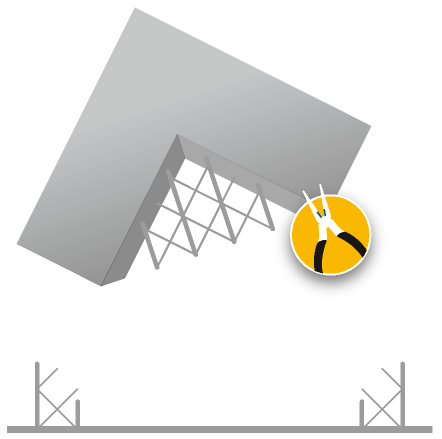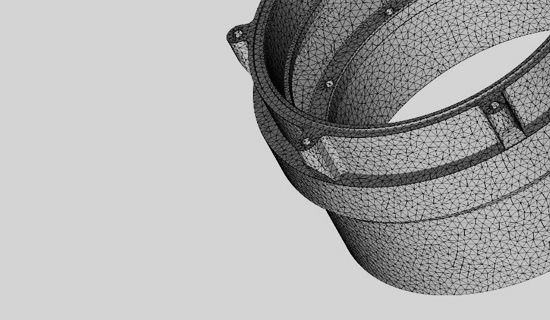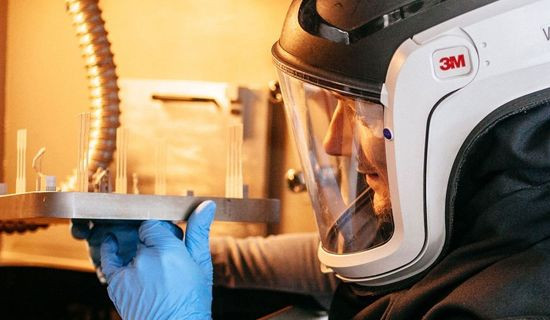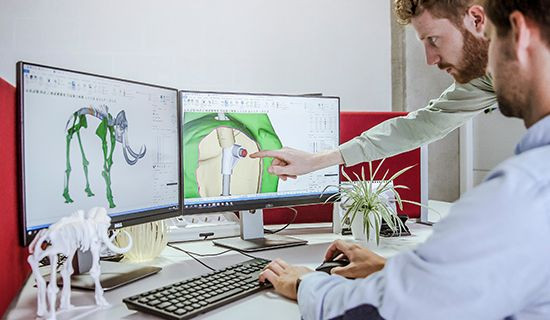AlSi10Mg is an aluminum alloy that combines good strength and thermal properties with low weight and flexible post-processing possibilities. For those reasons, it’s an often used material in automotive, aerospace and automation. Applications include housings, ductwork, engine parts, production tools and molds, both for prototyping and manufacturing purposes.
Technical Specifications
| Standard lead time | Minimum of 10 working days, depending on part size, number of components and finishing degrees (online & offline orders) |
| Standard accuracy | In accordance with DCTG 8 of DIN EN ISO 8062-3: 2008-09 for dimensions between 30 and 400 mm, DTTG 6 for dimensions below 30 mm and DIN ISO 2768 -1 g (rough) for dimensions between 3 mm and 400mm. (for more details and IT grades have a look at the design guidelines) |
| Layer thickness | 0.03 – 0.1 mm |
| Minimum wall thickness | 1 mm (standard grade) / 0.5 mm (performance grade) |
| Minimum detail | 0.5 mm |
| Maximum part dimensions | 500 x 280 x 315 mm (offline orders) 440 x 220 x 315 mm (online orders) |
| Interlocking or enclosed parts? | No |
| Surface structure | Unfinished parts typically have a rough surface but various finishing degrees can achieve smooth surfaces |
NEW: Standard and Performance Grades
You can now choose between our two grades for Metal 3D Printing, to achieve the right balance of performance and efficiency for each project.
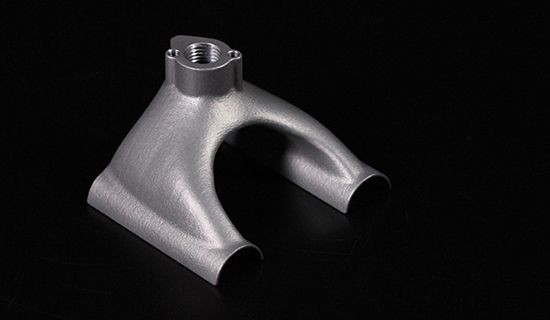
Standard
- Industry-standard quality requirements
- Ideal for prototypes and simple end-parts
- Form-, fit- and function-testing
- Strength and density similar to cast parts
- Available on online and offline orders
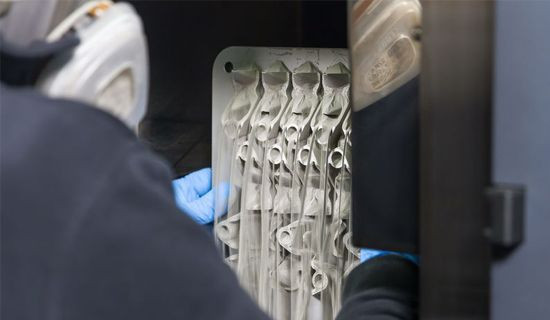
Performance
- Ideal for complex metal parts designed for AM
- Applications in demanding environments
- Suited for series production
- Strength and density more performant than casting
- Specialized quality test reports available to your specification
- Available on online and offline orders
To compare the material properties of the two grades, take a look at the datasheet below.
Want to know which grade is right for you? Tell us about your project >
Datasheet
| MEASUREMENT | STANDARD GRADE | PERFORMANCE GRADE | ASTM/PROCEDURE |
|---|---|---|---|
| Density | >2.59 g/cm³ | >2.65 g/cm³ | WGE-Prod-067EN |
| Relative Density | >97.0% | >99.0% | WGE-Prod-067EN |
| Tensile Strength | >250 MPa | >300 MPa | DIN EN ISO 6892-1:2009 |
| Yield Strength | >180 MPa | >190 MPa | DIN EN ISO 6892-1:2009 |
| E-Modulus | 70 GPa | 70 GPa | DIN EN ISO 6892-1:2009 |
| Elongation at Break | >1.0% | >2.0% | DIN EN ISO 6892-1:2009 |
| Roughness Ra | <20 µm | <16 µm | ISO 4287 / AITM 1-00070 |
| Roughness Rz | <80 µm | <70 µm | ISO 4287 / AITM 1-00070 |
| Hardness | >80 HV | >100 HV | ISO 6597-1:03-2006 |
Actual values may vary with build condition
Strong tensions, due to part geometry, may cause distortion in the part which may lead to greater deviation. Values for surface roughness depending on orientation or surface. Downward-facing surfaces and surfaces with support will be rougher.
Values represent as printed status. No stress relief heat treatment. Stress relief heat treatment will have impact on the mechanical properties.
How Does Metal 3D Printing Work?
Metal 3D Printing is a laser-based technology that uses powdered metals. Similar to Laser Sintering, a high-powered laser selectively binds together particles on the powder bed while the machine distributes even layers of metallic powder. Support structures are automatically generated and built simultaneously in the same material, and are later manually removed. Once complete, the part undergoes heat treatment.


